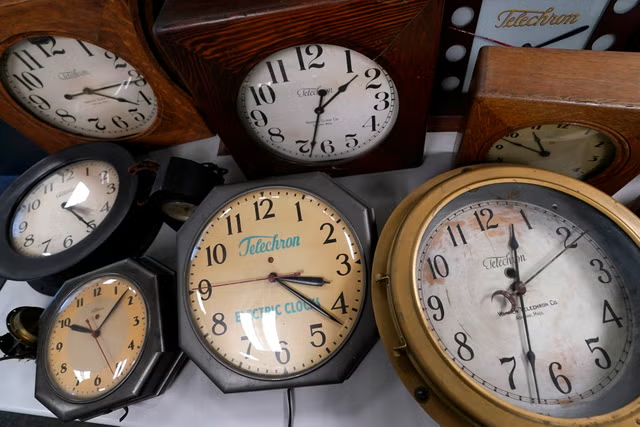Your support helps us to tell the story
Support NowThis election is still a dead heat, according to most polls. In a fight with such wafer-thin margins, we need reporters on the ground talking to the people Trump and Harris are courting. Your support allows us to keep sending journalists to the story.
The Independent is trusted by 27 million Americans from across the entire political spectrum every month. Unlike many other quality news outlets, we choose not to lock you out of our reporting and analysis with paywalls. But quality journalism must still be paid for.
Help us keep bring these critical stories to light. Your support makes all the difference.
Around this time of year, you’ll likely start asking yourself if you really need to wear SPF in winter. Naturally living in Blighty, we’re expecting near-constant cloud cover over the next four months so you’d be forgiven for thinking that the overcast sky will protect your face, arms and everything else you bravely expose to winter’s chill.
In reality, the harmful UVA and UVB rays which can – further down the line – lead to skin cancer are still present in the colder months and, as such, the short answer is: yes, it’s still paramount to protect our skin with sunscreen in winter.
So, what you might start asking instead is: “How much SPF should I apply in winter?”. Logically, you’d think it’d be less than in the blazing 35C of summer but, then again, we’ve been proven wrong before so we deduced it was about time we called in the experts. Here’s everything they had to tell us.
Meet the experts
Dr Marko Lens is a consultant plastic and reconstructive surgeon, qualified as both a medical doctor, PhD and Oxford-Harvard graduate. He has his own clinic in London and a successful, antioxidant-focused skincare brand: Zelens.
How much SPF should you apply in winter?
Dr Lens revealed that every day, come rain or shine we should “use one teaspoon over the face and neck”. For context, one teaspoon’s worth of SPF is around 5ml and, to add to that quantity, Dr Lens qualified that, “it should be reapplied every two hours if we are exposed to the sun”.
As for the cloud cover, he clarified that the reason for wearing SPF in these less exposed circumstances is down to the fact that “you don't know what the UV [index measurement] is. The days when it's grey, the UV light is still there. You should be protected.”
Again, for context, a high UV is considered eight or over, with a UV from three to seven being in the range where it’s recommended to limit exposure to the sun.
“There are so many foundations nowadays with SPF, but [this type of SPF] isn’t going to last. The best protection would be to not expose ourselves to the sun – but of course, we need to live a life.” So, a teaspoon a day it is, with reapplication every other hour.
Sun exposure is any day in which we can see the sun through the clouds somewhat – a typical autumn/winter day if you will. As for your summer beach holiday? “For one day at the beach, a man my height and weight, should probably use one bottle [of sunscreen] a day,” declares Dr Lens. That’s a kernel of knowledge to tuck away for the next holiday.
If you’re in need of a recommendation, our guide to the best sunscreens for your face you covered. La Roche-Posay’s anthelios UVmune 400 oil control fluid was considered the best, with our writer noting that it ticks “every box we could create, including UVA, UVB and long UVA protection, being suitable for sensitive skin, non-greasy and lightweight”. Sign us up.
Disclaimer: The copyright of this article belongs to the original author. Reposting this article is solely for the purpose of information dissemination and does not constitute any investment advice. If there is any infringement, please contact us immediately. We will make corrections or deletions as necessary. Thank you.



